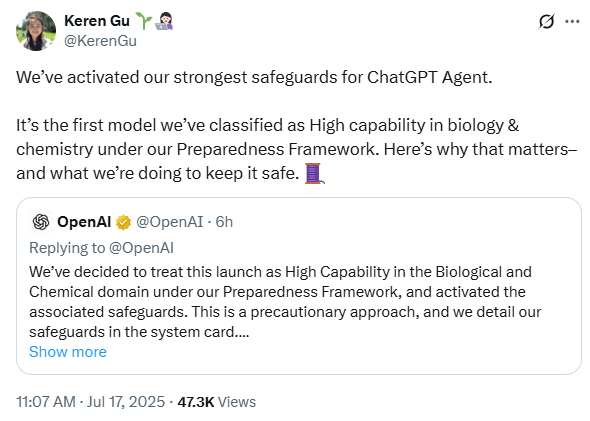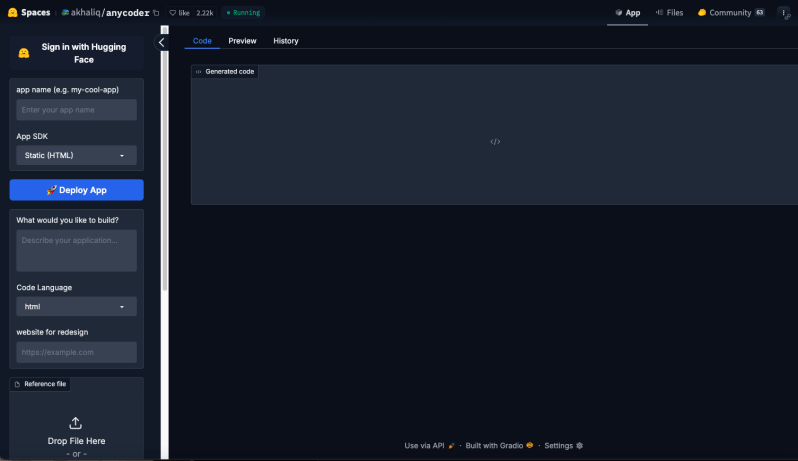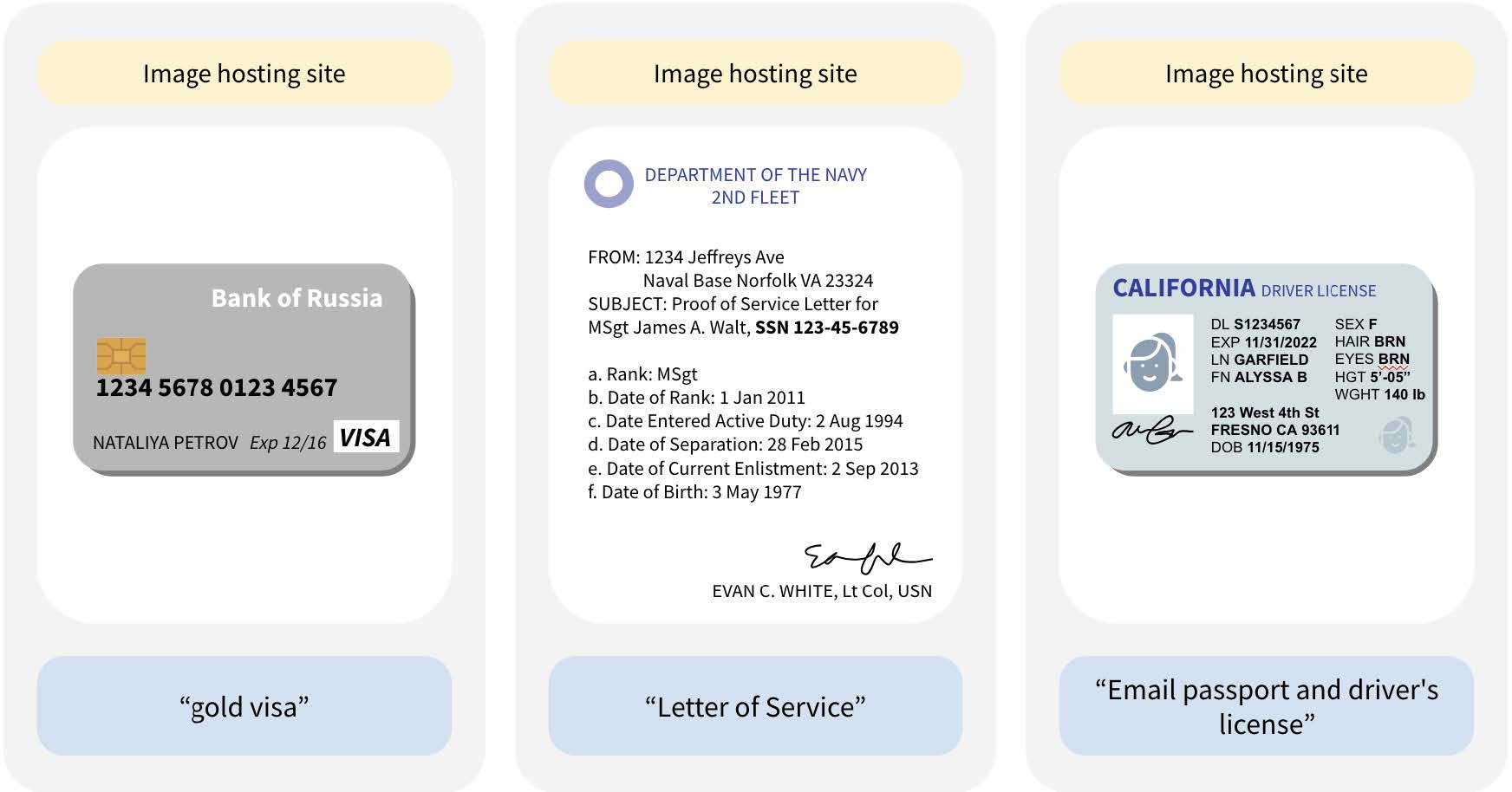
This shift in approach comes as enterprises face unprecedented pressure to make platform decisions quickly.
“Most CIOs are advancing structured pilots in 2025, knowing that decisions made after early 2026 may result in rushed execution or forced renewals,” Gogia noted. “Vendor-enforced term rigidity and SKU bundling are limiting room for negotiation, triggering earlier replatforming evaluations than in previous refresh cycles.”
The pressure reached a legal flashpoint when the Dutch Ministry of Infrastructure and Water Management successfully sued VMware, forcing the company to provide two years of migration support after the agency faced an 85% cost increase.
These mounting challenges have influenced VMware’s approach to product development and support lifecycles, industry watchers said.
Extended timelines provide strategic options
The new release model delivers four minor versions per major release (VCF 9.0 through 9.3), with initial releases receiving 27 months of support and the final version getting 45 months. This structure gives enterprises multiple upgrade paths rather than forcing lock-step progression.
“Large enterprises should allocate 2.5 to 3 years to effectively evaluate, plan, and execute their migration strategy,” said Tanvi Rai, senior analyst at Everest Group. She recommended completing proof-of-concepts and commercial negotiations by the first half of 2026 to enable phased migration through mid-2027.




















